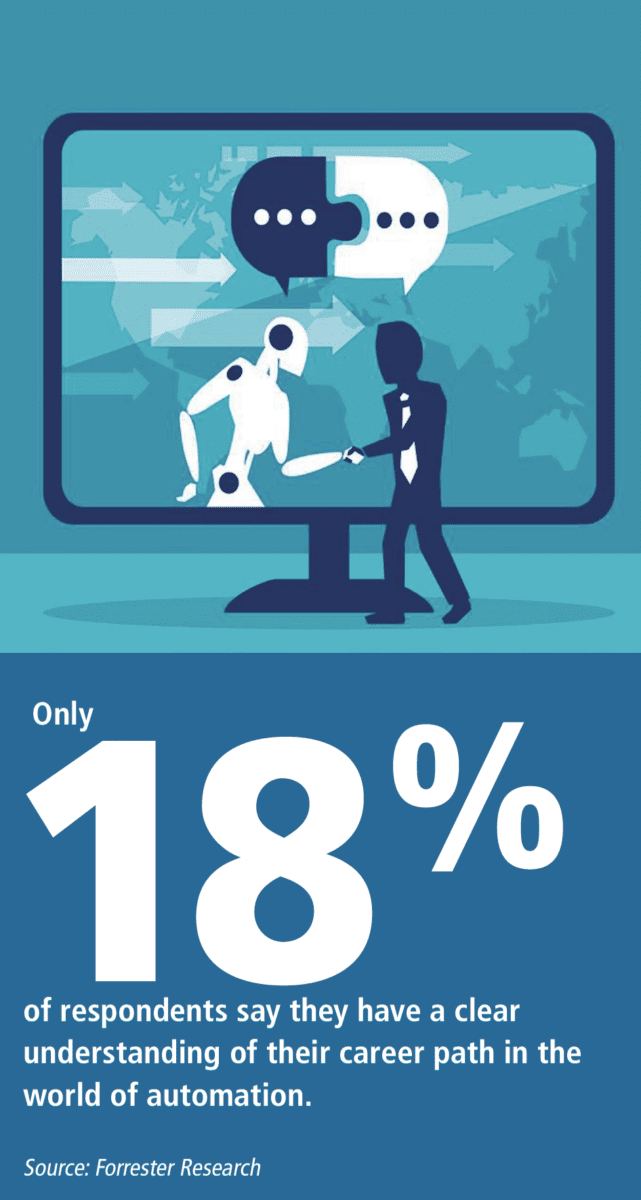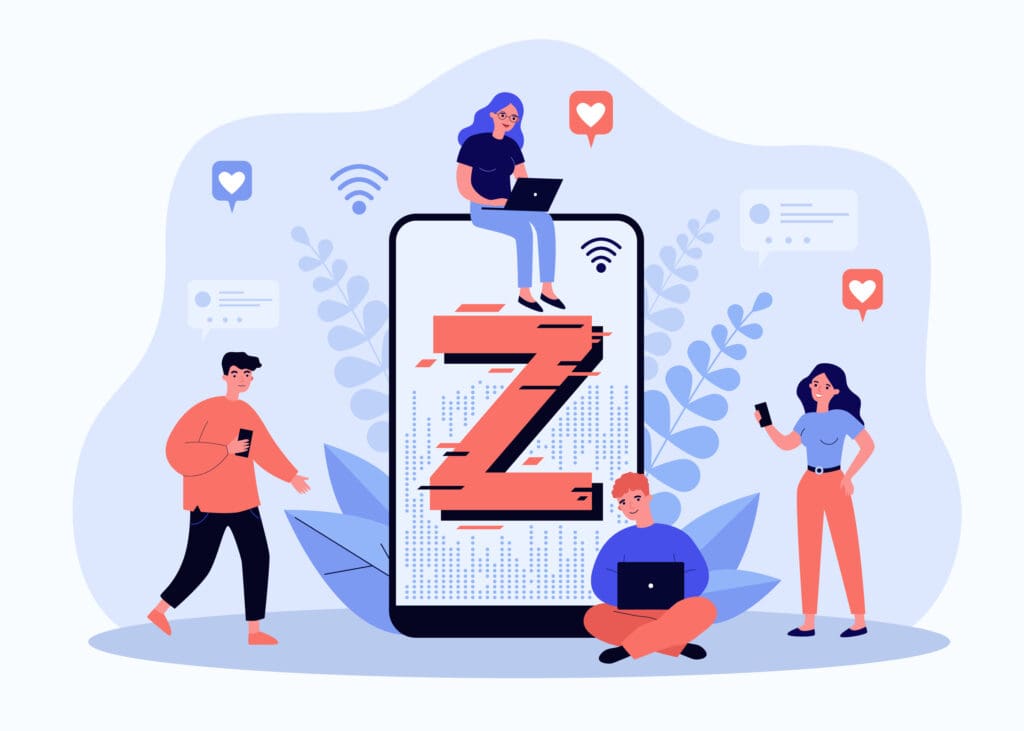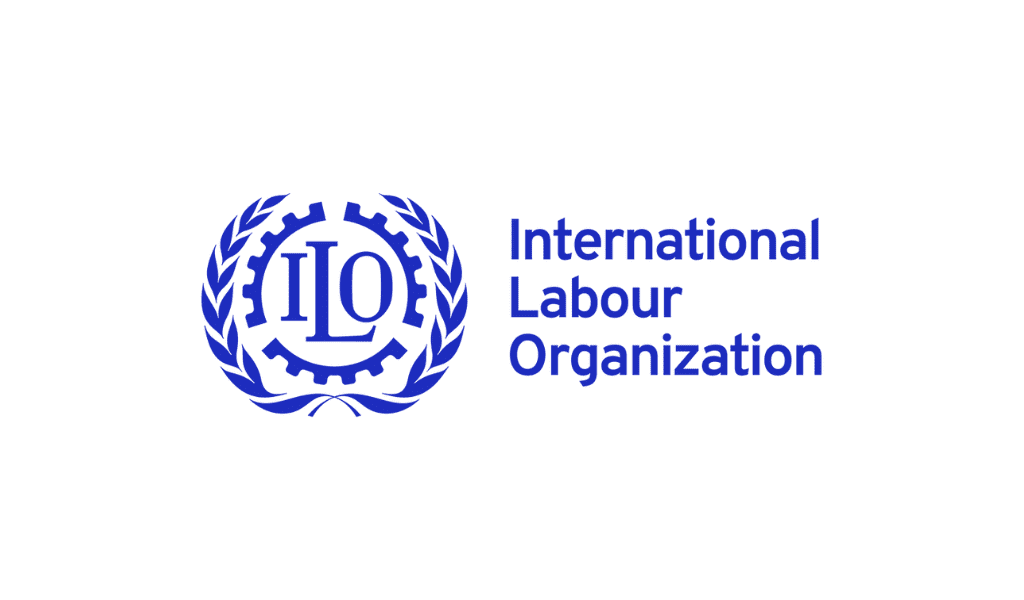A new research report pinpoints five approaches essential to empowering the ever-changing workforce.
By J. P. Gownder
The future of work isn’t something that happens to companies -it’s something leaders intentionally create for their companies and their own careers. The future of work is a constellation of innovations that combines technology with culture and processes to deliver value to customers. It’s imperative for organizations to devise a future of work strategy, because customers across all areas of the economy are raising the bar on their demands: They want better, faster, and often-changing solutions to suit their wants and needs.
A new report from Forrester Research, The Adaptive Workforce Will Drive The Future Of Work, asserts that leaders have a big task ahead of them when it comes to the future of work. Executives must build an adaptive workforce -one that is based on a delivery model that allows the company to more adeptly pivot its operations and even its fundamental business model in the face of changing customer needs. There are five key actions leaders must take in order to be successful in the future of work.
- The adaptive workforce will be “burstable.” Full-time employees will be complemented by two sources. One is the talent economy, which is driven by contingent labor coming from contingent workforce providers and on-demand temporary contractors. The second is the automation economy, in which artificial intelligence (AI), automation software, and even physical robots complement human labor. Both of these approaches allow organizations to rapidly flex their resources up or down -that is, they can “burst” when needed. Burstability is a key dimension of adaptiveness, allowing companies to grow or shrink rapidly in response to changing market conditions.
 Reporting structures will be less hierarchical. Traditional corporate organizations are extremely vertical and siloed. An employee starts working in one organizational function and continues to do so throughout their entire career at the firm. As the workforce changes, a new role will emerge: A “botmaster” will manage bots in the finance department and can move to do similar work in HR, contributing to the organization while also learning new skills in the process.
Reporting structures will be less hierarchical. Traditional corporate organizations are extremely vertical and siloed. An employee starts working in one organizational function and continues to do so throughout their entire career at the firm. As the workforce changes, a new role will emerge: A “botmaster” will manage bots in the finance department and can move to do similar work in HR, contributing to the organization while also learning new skills in the process.
- Teams and personnel will be composable. Swarm teams, which assemble employees from cross-functional groups to destroy silos, drive innovation, and solve problems, exemplify the adaptive workforce. They can be assembled and disassembled as projects are completed or as conditions evolve. Companies like Daimler are expanding the use of swarm teams to become composable in order to configure a team to solve a particular business problem.
- Technology will underpin the adaptive workforce. Both the talent economy and the automation economy rely on technology. Technology allows companies to find the right human talent and connect to them wherever they are in the world in real-time. The growth of automation means that human workers are increasingly working side by side with robots. And technology will create “clearing houses” for work tasks that can be picked up by full-time employees, talent economy workers, and bots alike.
- Psychological and sociological fundamentals will be prerequisites to success. The underlying culture, skills, and organizational structures of a company will make or break these future of work efforts. Why? For new technologies to successfully transform a business, its people, leaders, structures, and values must all be aligned. Individual employees must have the mindset and skills to be able to work in an automation-infused, technology-rich, fluid working environment. But today, most workers aren’t ready. For example, the research finds that only 21 percent of global information workers agree with the statement, “I know when to question the results of an automated technology.”
Each of these trends requires HR leaders to play an increasingly important role in driving future of work strategies. HR disciplines like learning and development, change management, recruitment, and culture initiatives will underpin the success of these initiatives. Business and technology leaders will have to bring HR to the table early and often to ensure the new adaptive workforce is brought to life.
J. P. Gownder is a vice president and principal analyst on Forrester Research‘s CIO team.














